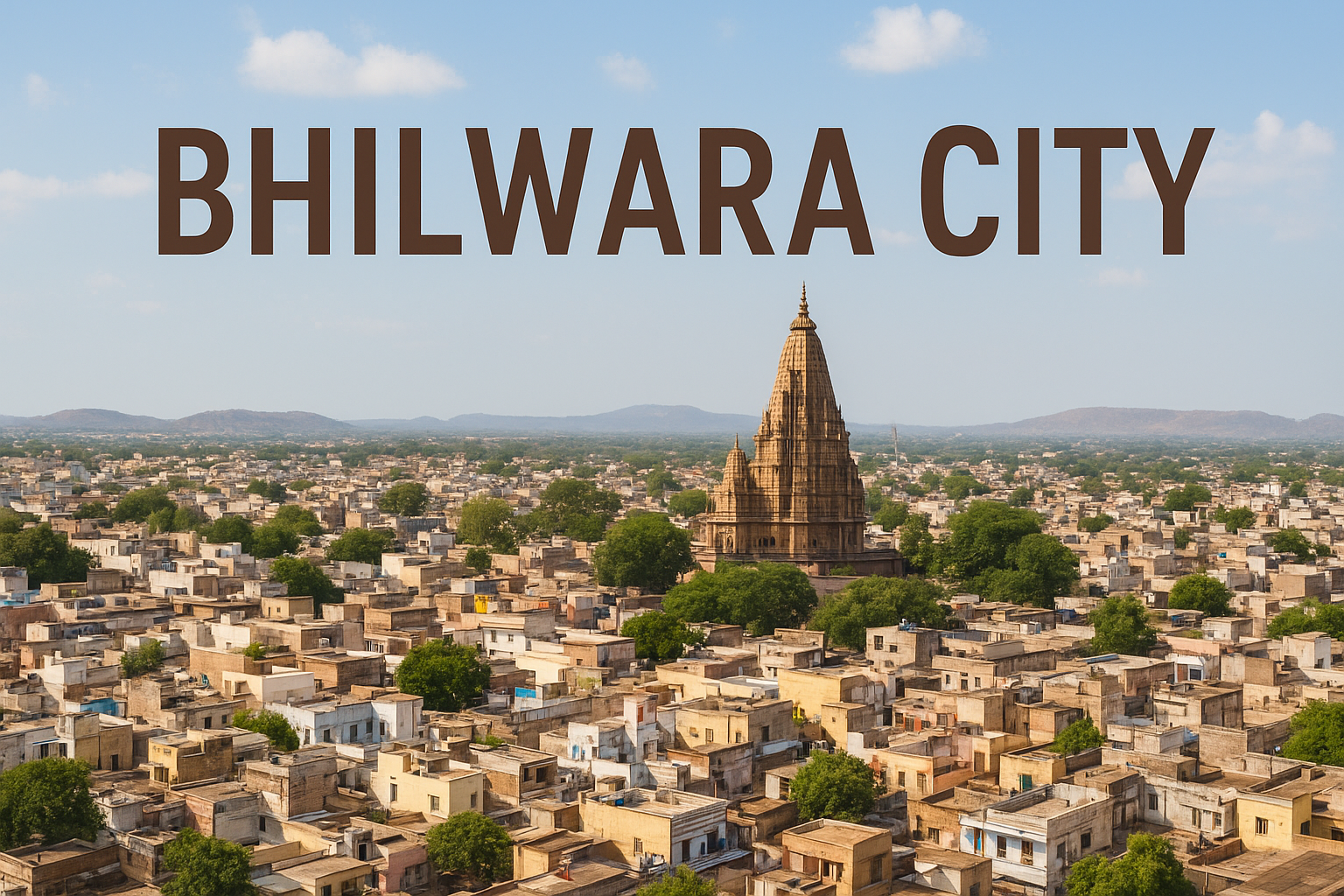Bhilwara – The Textile City of Rajasthan with a Royal Soul
Bhilwara, nestled in the heart of Rajasthan, stands apart with an identity of its own, distinct from the usual images of grand forts, palaces, and desert dunes that the state is known for, Often called the ‘Textile City of India’. Bhilwara is where age-old traditions meet modern craftsmanship, and where tales of history are interwoven with threads of culture.
The Soul of Bhilwara
Bhilwara’s fame comes primarily from its textile industry. Renowned globally, the city is a hub for fabric manufacturing, particularly suiting and denim. The rhythmic hum of looms and the finesse of block printing define its industrial backbone. For travelers, it is fascinating to witness how a city’s identity can be built not only on forts or palaces but also on the mastery of weaving and dyeing.
Yet Bhilwara is not just about textiles. It has a unique charm rooted in spirituality, folklore, and natural beauty. The region is dotted with ancient temples, stepwells, and historic sites that narrate stories of devotion and valor.
Places That Define Bhilwara
- Harni Mahadev Temple: A serene temple dedicated to Lord Shiva, surrounded by rocky hills, it becomes especially lively during Mahashivratri. Locals believe the area is blessed and offers peace to every visitor.
- Mandalgarh Fort: Though lesser-known compared to Rajasthan’s grand forts, Mandalgarh Fort holds great historical importance. It witnessed fierce battles during the reign of Rajputs, Mughals, and Marathas, making it a treasure trove for history lovers.
- Meja Dam: Known as the lifeline of Bhilwara, this is one of the largest dams in the region. Its tranquil surroundings and migratory birds during winters make it a peaceful getaway.
- Badnore Fort: An offbeat attraction near Bhilwara, this fort sits majestically atop seven ramparts, offering a glimpse into the architectural brilliance of bygone eras.
Cultural Essence
The city is deeply rooted in folklore and Rajasthani traditions. Fairs and festivals like Gangaur and Dussehra are celebrated with unmatched enthusiasm. Bhilwara is also home to traditional Phad painting, an art form that depicts stories of local deities and folk heroes on long pieces of cloth. Watching artisans at work here is nothing short of mesmerizing.
Culinary Flavors
Like every Rajasthani city, Bhilwara offers a hearty spread of flavors. From spicy dal baati churma and kachoris to sweet delights like rabdi and ghewar, the city ensures that food is not just a meal but an experience. Street stalls and small eateries often surprise visitors with authentic tastes that linger long after the journey.
Best Time to Visit Bhilwara
Bhilwara experiences hot summers, making winters the best season to explore. The ideal time is from October to March, when the weather is cool and pleasant. This period also coincides with major festivals, giving travelers a chance to experience the city’s cultural vibrancy along with its attractions.
Why Visit Bhilwara?
Unlike Jaipur or Udaipur, Bhilwara is not crowded with tourists. This is its biggest charm—it allows travelers to discover Rajasthan beyond the popular routes. Here, you can immerse yourself in local culture, witness artisans at work, explore forts without the rush, and connect with the land on a more personal level.
Final Thoughts
Bhilwara may not boast the grandeur of Rajasthan’s capital cities, but it embodies something equally special authenticity. It is a city where tradition weaves into modernity, where history whispers through forts, and where art flows seamlessly from brushes and looms. A trip to Bhilwara is not just sightseeing; it is about discovering Rajasthan’s soul in its raw and vibrant form.







